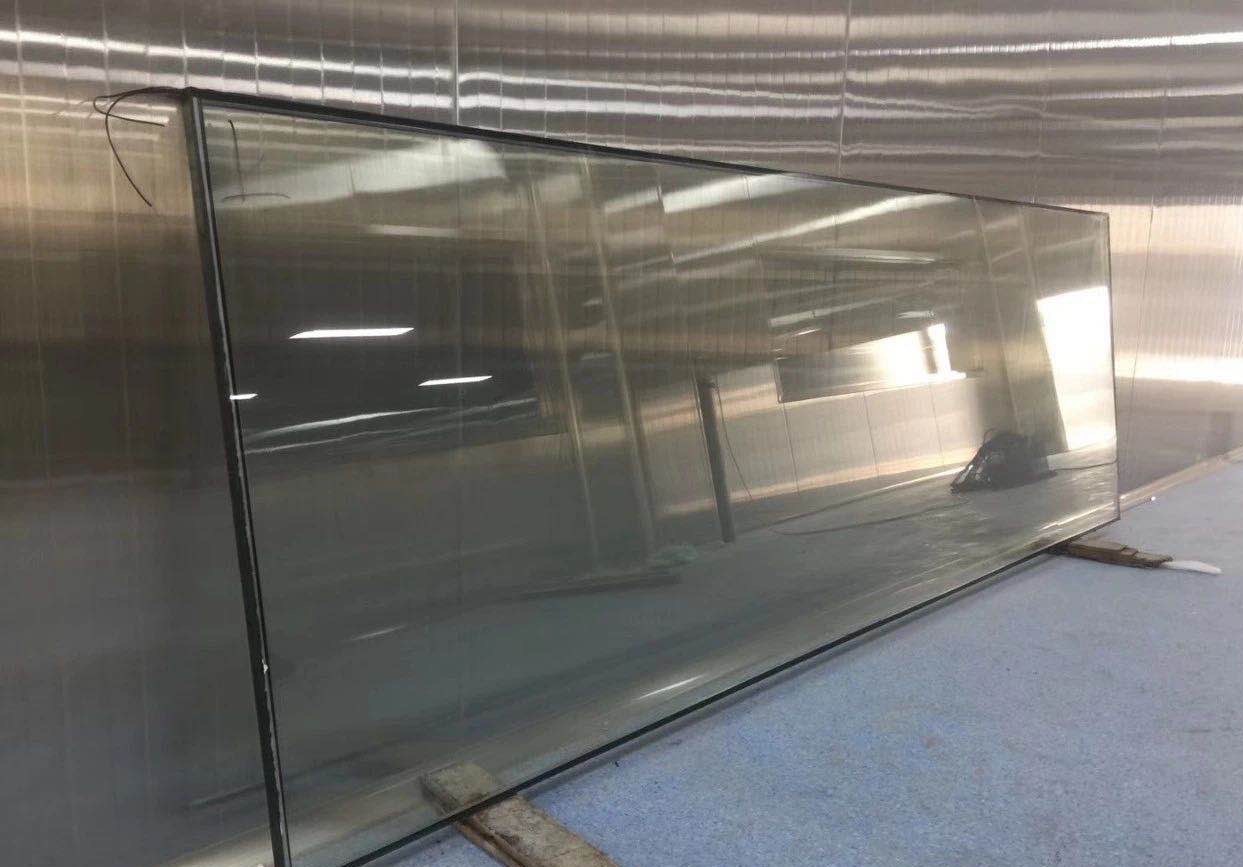As a seasoned glass artist, I’ve witnessed the transformative power of fire in molding glass into captivating masterpieces. But what if the allure of shaping glass beckons without the precision of a torch? Embrace the alternative! Unlock the secrets of heating glass without a torch and embark on an artistic journey that’s both accessible and rewarding.

Image: www.magic-film.com
Kiln Crafters: An Ancient Art Rewritten
Step into the realm of ceramics and discover the time-honored technique of kiln crafting. This method harnesses the heat of a kiln, a controlled temperature environment designed to fire clay and other materials, including glass.
The beauty of kiln crafting lies in its accessibility. Unlike flameworking with a torch, which requires specialized equipment and technical dexterity, this technique welcomes beginners and experienced crafters alike. It also opens up a wider range of possible creations, as the kiln’s enclosed space allows for even heating and precise control over the glass’s transformation.
Microwave Melters: Modern Magic in Your Kitchen
Prepare to be amazed as you explore the culinary world’s unexpected contribution to glass crafting – the microwave! This kitchen staple, typically associated with reheating leftovers and defrosting frozen meals, also possesses the ability to heat glass to varying temperatures.
Designated “microwave-safe” glass containers, such as Pyrex or tempered glass, can withstand the microwave’s electromagnetic radiation without shattering. This makes them perfect vessels for experimenting with glass fusion projects.
Candle Core: Enchanting Play with Candlelight
Harness the gentle warmth of candlelight to unlock the artistic possibilities of glass. Position your chosen glass piece above a lit candle’s flame, ensuring that the glass gradually absorbs the heat without cracking or shattering.
This technique may not yield the same level of intense heat as a torch or kiln, but it offers a captivating platform for creating small-scale, intricate designs. The slow, controlled heating process allows for greater precision and a delicate touch, making it an excellent choice for projects requiring fine detail and subtle color transitions.

Image: www.digitalwaze.com
Tips and Expert Advice for Novel Flames
Experiment with Different Glass Types: Explore various types of glass to discover their unique behaviors under heat. Some glasses, such as borosilicate (often used in scientific equipment), exhibit exceptional heat resistance, while others, like soda-lime glass (commonly found in bottles and windows), may require more caution.
Safety First: Remember to wear appropriate protective gear, including gloves and safety glasses, when working with heat. Glass can reach extremely high temperatures and could cause severe burns or eye damage if proper precautions are not taken.
FAQs on the Glass Heating Frontier
Q: Can I use any type of glass for these techniques?
A: No, not all types of glass are suitable for heating without a torch. Stick to “microwave-safe” glass containers for microwave methods, and heat-resistant glasses like borosilicate for kiln or candle applications.
Q: How hot can I heat glass with these alternative methods?
A: The maximum temperature attainable depends on the heating method. Kilns can reach much higher temperatures than microwaves or candles, allowing for more significant transformations and a wider range of glassworking possibilities.
How To Heat Glass Without A Torch
Conclusion
Heating glass without a torch unlocks a world of creative possibilities, empowering you to shape and transform glass without the need for specialized equipment. Whether you embrace the ancient art of kiln crafting, explore the modern magic of microwaves, or harness the enchanting play of candlelight, let your artistic flame ignite and let the glass dance beneath your heated touch.
Interested in delving deeper into the fiery world of glassworking? Explore our vast collection of articles on torchwork, glass fusing, and kiln techniques. Fuel your imagination and unleash the artisan within!